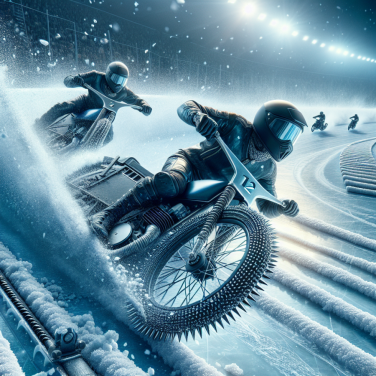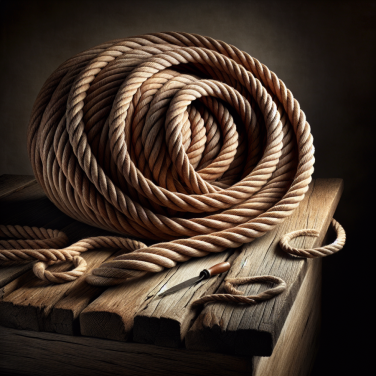The Impact of Moisture on Golf Club Maintenance
Golf club maintenance might seem like a straightforward task, but it can become complex when factors such as moisture are taken into account. The impact of moisture on golf club maintenance significantly affects not only the durability but also the performance of the equipment.
One aspect of Golf club maintenance that can be severely affected by moisture is rusting. Most golf clubs feature metal parts, specifically irons which are often made from materials such as steel. These metals are incredibly susceptible to rust when exposed to moisture over time. Once a golf club starts to rust, its performance can decrease significantly. For instance, rust can cause the club's surface to become uneven, affecting the hit of the golf ball. Additionally, rust can even make the golf club more brittle over time, making it more susceptible to damage and decreasing its lifespan.
Moisture can also have a significant impact on the grips of golf clubs. If golf clubs are stored in a damp area or not properly dried after playing in wet conditions, the moisture can seep into the grips. Worn and oversaturated golf grips can directly affect a golfer's swing. If the grip becomes too slippery due to excessive moisture, it may be difficult to hold the club firmly during a swing which might result in reduced control and swing speed.
Furthermore, the woods are another area of golf clubs that can be largely affected by moisture. Woods are usually finished with a polymer or varnish to protect the clubhead. However, excessive moisture can lead to discoloration and can make them look worn down over time. If moisture enters the hosel (the area where the clubhead and shaft connect), it can damage the glue that holds these parts together. This can lead to a weakening of the structure of the golf club, which could ultimately impact its performance.
The effect of moisture on golf club maintenance is not limited to just the immediate physical deterioration. Golf clubs that have been water damaged may also suffer a decrease in their value. This can be a significant concern for players who view their clubs as an investment or collectible items.
The effects of moisture on golf clubs underscore the need for proper maintenance and storage of golf equipment. It's crucial to remember to thoroughly dry off golf clubs after playing in wet weather or after cleaning them, and to store them in a cool, dry location. Regularly inspecting golf clubs for signs of moisture damage, such as rust or discoloration, can also lead to early detection and the potential for repair before serious performance issues arise.
Read also:
Elevating Your Fitness: The Ultimate Guide to Trail Running
How to Protect Your Golf Equipment from Weather Damage
The game of golf is played outdoors, which automatically exposes equipment to the elements that could potentially damage them. Therefore, if you want your clubs to continue performing at their optimum level, you must protect them from weather damage.
1. Keep Them Dry
Although many modern golf clubs are designed to be water-resistant, they are not waterproof. The materials used in golf clubs like steel, titanium, and graphite are susceptible to rusting and corrosion when exposed repeatedly to damp conditions. Over time, moisture can seep into the club's grip, making it soggy and less effective. A waterlogged club can also become heavier, affecting your swing. Always use a dry towel to wipe off any moisture immediately after playing.
Use a waterproof golf bag with a hood to protect the clubs during wet weather when on the course. If your clubs have become wet during play, ensure to thoroughly dry them before packing them away to avoid any lasting damage.
2. Use Head Covers
Investing in good-quality head covers serves a dual purpose of protecting your golf clubs and personalizing your golf bag. They offer protection from both rain and the sun, helping to keep your clubs dry and prevent the colors from fading due to sun damage. Most specially designed golf club head covers are water-resistant, adding an extra layer of protection to your clubs in wet conditions.
3. Store Correctly
Storing your golf clubs properly is imperative to increase their longevity. Golf clubs should always be stored vertically in a dry and cool place to prevent any moisture absorption. High temperatures can cause clubheads to loosen and grips to harden, while cold temperatures can cause them to become brittle. A temperature-controlled environment such as your house is ideal, and avoid storing clubs in your car trunk where temperature extremes and the likelihood of rusting are high.
4. Regular Maintenance
Regularly clean your golf clubs to remove dirt, dust, and moisture. Use a toothbrush or a groove cleaner for the clubface to get rid of any dirt embedded in the grooves. Moisture trapped in these grooves could eventually lead to rust. A mild dish soap and warm water solution work perfectly for cleaning. Also, use a dry towel to dry them thoroughly.
5. Use Rain Gloves
Rain gloves offer improved grip in wet conditions compared to standard golf gloves. They show their worth by becoming tackier as they get wetter, providing you with a secure grip and added confidence in your shots. They also help to keep your club handles dry.
6.




